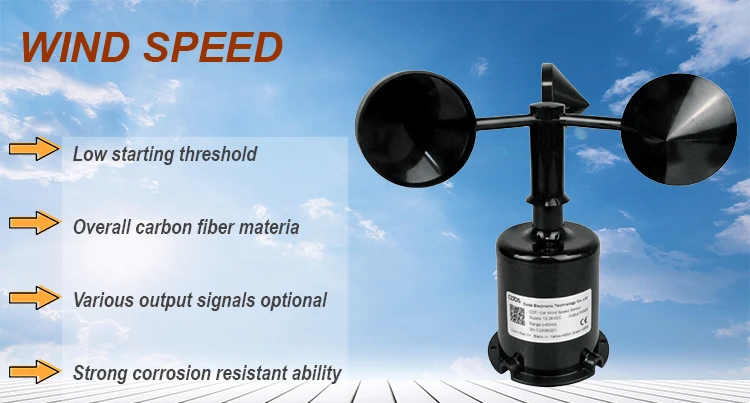
# Wind Direction Measuring Instrument
## Understanding Wind Direction Measurement
Wind direction is a crucial meteorological parameter that affects weather forecasting, aviation, marine navigation, and various industrial processes. A wind direction measuring instrument, often called a wind vane or weather vane, is specifically designed to determine the direction from which wind originates.
## Types of Wind Direction Instruments
### 1. Traditional Wind Vanes
The most basic and recognizable wind direction instrument is the classic wind vane. This simple mechanical device consists of an arrow-shaped pointer that rotates freely on a vertical axis, aligning itself with the wind direction.
### 2. Electronic Wind Vanes
Modern electronic wind vanes use potentiometers or optical encoders to convert mechanical rotation into electrical signals, providing digital output for automated weather stations and data logging systems.
### 3. Ultrasonic Anemometers
Advanced instruments like ultrasonic anemometers measure wind direction without moving parts by analyzing the time it takes for ultrasonic pulses to travel between transducers in different directions.
## Key Features of Quality Wind Direction Instruments
When selecting a wind direction measuring instrument, consider these important features:
- Accuracy (typically ±3° to ±5° for professional instruments)
- Response time to wind direction changes
- Durability in harsh weather conditions
- Low maintenance requirements
- Compatibility with data recording systems
## Applications of Wind Direction Measurement
Meteorology and Weather Forecasting
Accurate wind direction data is essential for weather prediction models and storm tracking systems.
Aviation and Air Traffic Control
Airports use wind direction information for runway selection and flight path planning to ensure safe takeoffs and landings.
Renewable Energy
Wind farms optimize turbine positioning based on prevailing wind directions to maximize energy production.
Environmental Monitoring
Wind direction helps track pollution dispersion and assess environmental impact of industrial facilities.
## Maintenance and Calibration
Regular maintenance ensures accurate wind direction measurements:
- Clean moving parts to prevent sticking
- Check for proper alignment with true north
- Verify electrical connections in electronic models
- Perform periodic calibration against known reference points
## Choosing the Right Instrument
Selecting the appropriate wind direction measuring instrument depends on:
- Required accuracy level
- Environmental conditions
- Integration needs with other systems
- Budget constraints
- Maintenance capabilities
For most professional applications, electronic wind vanes with digital output provide the best combination of accuracy, reliability, and data integration capabilities.
Keyword: instrument measure wind direction